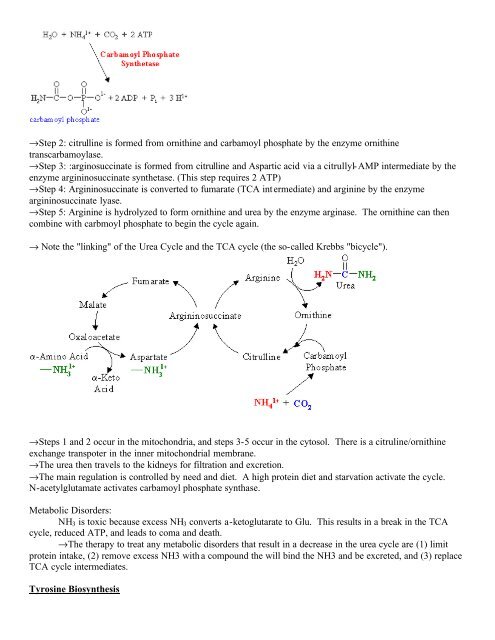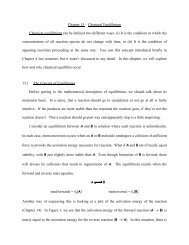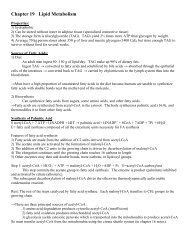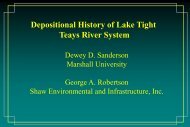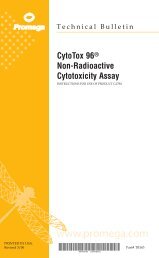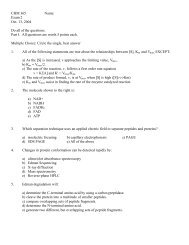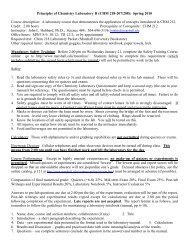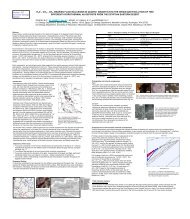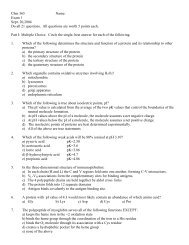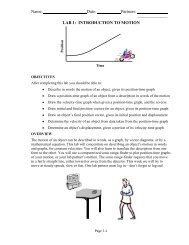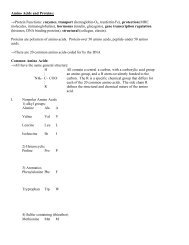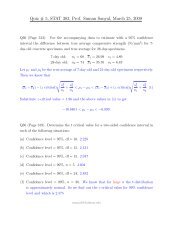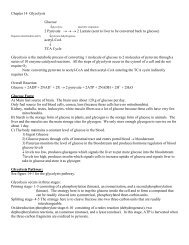Chapter 20-Amino Acid Metabolism
Chapter 20-Amino Acid Metabolism
Chapter 20-Amino Acid Metabolism
You also want an ePaper? Increase the reach of your titles
YUMPU automatically turns print PDFs into web optimized ePapers that Google loves.
→Step 2: citrulline is formed from ornithine and carbamoyl phosphate by the enzyme ornithine<br />
transcarbamoylase.<br />
→Step 3: :arginosuccinate is formed from citrulline and Aspartic acid via a citrullyl-AMP intermediate by the<br />
enzyme argininosuccinate synthetase. (This step requires 2 ATP)<br />
→Step 4: Argininosuccinate is converted to fumarate (TCA intermediate) and arginine by the enzyme<br />
argininosuccinate lyase.<br />
→Step 5: Arginine is hydrolyzed to form ornithine and urea by the enzyme arginase. The ornithine can then<br />
combine with carbmoyl phosphate to begin the cycle again.<br />
→ Note the "linking" of the Urea Cycle and the TCA cycle (the so-called Krebbs "bicycle").<br />
→Steps 1 and 2 occur in the mitochondria, and steps 3-5 occur in the cytosol. There is a citruline/ornithine<br />
exchange transpoter in the inner mitochondrial membrane.<br />
→The urea then travels to the kidneys for filtration and excretion.<br />
→The main regulation is controlled by need and diet. A high protein diet and starvation activate the cycle.<br />
N-acetylglutamate activates carbamoyl phosphate synthase.<br />
Metabolic Disorders:<br />
NH 3 is toxic because excess NH 3 converts a-ketoglutarate to Glu. This results in a break in the TCA<br />
cycle, reduced ATP, and leads to coma and death.<br />
→The therapy to treat any metabolic disorders that result in a decrease in the urea cycle are (1) limit<br />
protein intake, (2) remove excess NH3 with a compound the will bind the NH3 and be excreted, and (3) replace<br />
TCA cycle intermediates.<br />
Tyrosine Biosynthesis


